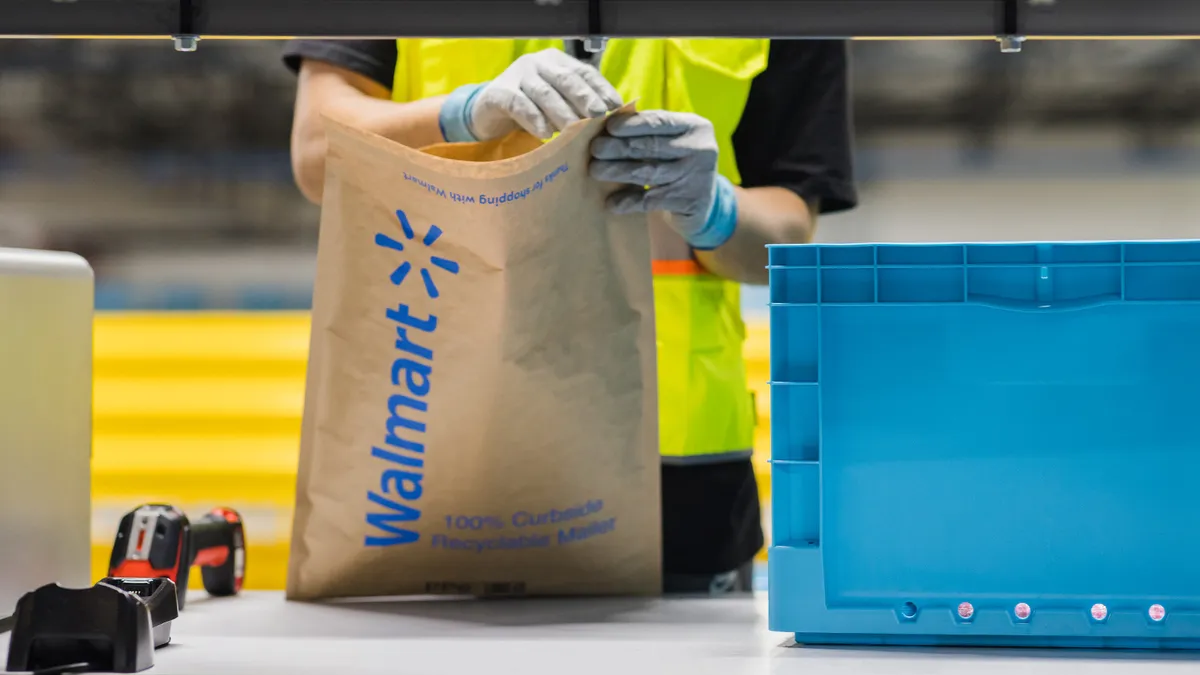On May 19, Los Angeles became the latest city to raise the minimum wage for hourly workers. The $15 figure kicks in by 2020, and after that the hourly rate is indexed to the rate of inflation.
The city joins Maryland, Nebraska, Alaska, South Dakota, and Illinois, as well as cities San Francisco and Seattle, in raising the minimum hourly wage to some extent in the last year or so. Officially, the National Retail Federation opposes legislating a rate for hourly workers, while workers' advocates say that current rates fail to provide a living wage.
But what does it mean for retailers?
Retailers are following suit
Wal-Mart Stores, Inc., as the nation’s largest retailer, shocked many with its announcement earlier this year that it would raise its hourly pay. Still, the retailer’s pay doesn’t approach the minimums that are passing in some areas of the U.S., or the $15 an hour for which many Wal-Mart store workers have demonstrated.
Retailers like Target and T.J. Maxx parent TJX followed Wal-Mart in announcing minimum pay raises. Gap Inc. announced last year that it would bump its hourly to $10, and Ikea made the bold move of tying its hourly pay to a location-based living wage calculator.
But the gold standard of hourly pay and benefits remains in Costco’s court. And it’s no accident that Costco is also a retailer that consistently reports happy workers, lower turnover, and financial success even in a bumpy economy, experts say.
“Costco keeps making money because they load those aisles with really high value merchandise and pay their associates a lot of money,” Columbia University business school professor of retail studies Mark Cohen told Retail Dive. “And Costco’s associates are helpful and informed, as opposed to nasty, hostile, or absent.”
Better wages, better workers
It’s been a long time coming, but the employment rate is at the point where most retailers must offer better hourly wages, even if they haven’t declared any new minimums, because people looking for work have more options.
But desperation or good public relations aren’t the key reasons to offer decent wages and a good working environment, says Massachusetts Institute of Technology researcher and retail expert Zeynep Ton.
Ton studied Costco, Trader Joe’s, QuikTrip (a U.S. chain of convenience stores with gas stations), and Mercadona (Spain’s largest supermarket chain) and says the results of those four retail companies defy the traditional argument that retailers have to raise prices — or lose money — in order to pay higher wages. Rather, they treat the money spent on workers as a strategic investment and design operational systems that enable their workers to be more productive. That allows all four to pay better than their competitors while also offering low prices and pleasing shareholders.
“They have high productivity, great customer service, healthy growth, and excellent returns to their investors,” Ton wrote in Forbes. “They compete head-on with companies that spend far less on their employees, and they win.”
Is there fat to trim elsewhere?
Paying store associates is one of the biggest costs for any retailer, if not the biggest. While retailers often say that paying workers more will cut into the bottom line, there may be room to trim other costs around employment.
Many retailers have attempted to address that by employing software that uses algorithms to make staffing more efficient — a practice known as “just-in-time scheduling.” That’s also making life difficult for workers who are trying to manage their households, attend school, work additional jobs, or earn enough money to get by, and advocates and some lawmakers have condemned the practice.
But there’s still plenty of wasted energy when it comes to recruiting, hiring, and scheduling store employees, says Steven Kramer, founder and CEO of WorkJam. The year-old Montreal-based company has developed software that uses data from employees and the retailer itself, store by store, to help companies more strategically hire, pay, promote, and schedule workers.
Right now, those processes can often be cumbersome, fail to be based on good data, vary from store to store, and create havoc and expense for both employees and the store, Kramer says. And if a retailer is faced with a wage hike — whether it’s driven by legislation, corporate headquarters, or the economy — it helps to have what Ton would call better operational design.
“We are connecting dots and providing data that doesn’t exist right now,” he told Retail Dive. “The consistency and quality of hires from one store to another is very low, because managers are making subjective decisions rather than data-based ones. Yet the way that you try to find employees right now hasn’t had a lot of innovation, and to find a job as an hourly worker is very difficult.”
WorkJam has a free app that allows employees to look for retail, restaurant, and other hourly jobs. Workers who have earned badges for credit-worthy job performance measures like punctuality or good customer service can carry those badges to their next job interview.
In fact, Kramer says that worker empowerment is a millennial concept that actually has its place in a well-run store or e-commerce operation as long as it’s based on data factors that are meaningful to employers’ needs.
“Employees want more control and more collaboration,” he says. “Giving certain employees more say in their schedules, for example, so they can trade shifts with peers without consulting with a manager, could cut down on costs. The amount of texting and phone calls that happens between managers and employees is amazing. And I think in the end happier employees make for better employees as well.”


















